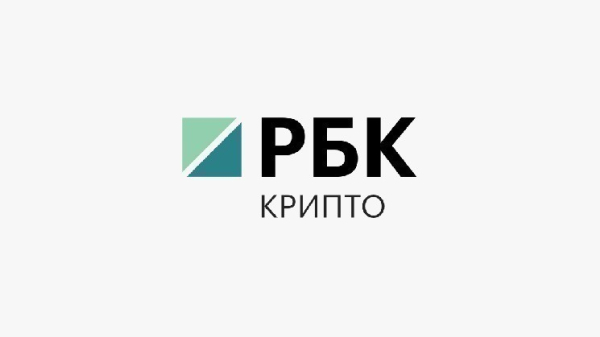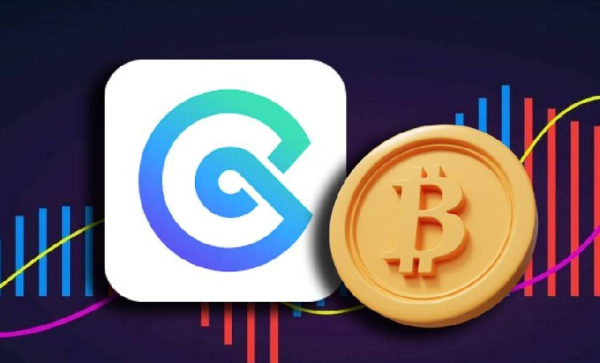Saga Launches Mainnet 2.0, Partners with Uniswap

Layer-1 blockchain protocol Saga announced the launch of its Mainnet 2.0, as well as a new collaboration with the major decentralized exchange (DEX) Uniswap.
Mainnet 2.0 aims to transform blockchain economics and the way the blockchain industry approaches liquidity, the team said in a press release shared with Cryptonews.
This step moves the team closer to launching its Liquidity Integration Layer (LiL) in the first quarter of 2025.
The novel layer will build upon Mainnet 2.0’s foundational infrastructure to provide a solution for “unified liquidity across all blockchain ecosystems.”
Developers can now build on Mainnet 2.0 and will seamlessly integrate into the LiL environment once it’s launched.
‘Never Pay Gas Fees’
The Saga team argues that “unprecedented challenges” arose in the space due to the growing number of independent blockchains. This particularly impacts liquidity management and cross-chain operations.
“Blockchain’s promise of financial accessibility has been held back by fragmented liquidity and prohibitive gas fees,” commented Rebecca Liao, Co-Founder and CEO at Saga.
This fractured landscape of appchains and Layer-2s “forces users to navigate complex bridges, manage multiple tokens, and pay unpredictable fees just to complete basic transactions,” she added.
Mainnet 2.0 and LiL aim to solve this by creating a unified environment for liquidity to flow “freely” between chains and apps.
“Users never pay gas fees, and developers can finally build without constraints,” said Liao.
Today we're proud to launch Saga Mainnet 2.0 with Uniswap as a partner on their first canonical appchain deployment.
Learn more here: https://t.co/A3e5Av2eB4
— Saga ⛋ (@Sagaxyz__) December 17, 2024
The team stated that Saga is “a radical departure” from traditional blockchain economics.
Combining LiL with a new token economic design will enable Saga to automate bridge and routing transactions. Also, it will eliminate gas fees for users interacting with DeFi products on the chain.
Saga does not charge per-transaction gas fees, which tends to create barriers for users and developers. Instead, it generates revenue by capturing a percentage of the total value going through the network.
Therefore, this model enables full interoperability between blockchain ecosystems, gasless transactions for end users, seamless movement of assets between different chains and applications, and new revenue opportunities for developers without burdening users.
Additionally, it eliminates complex bridge systems and token management, said the team.
You might also like Rebecca Liao, CEO of Saga, on Harris vs Trump (Crypto) Campaigns and Launching an L1 for L1s | Ep. 367
Partnership with Uniswap, Evmos, and Squid Router
Another major move announced alongside the Mainnet 2.0 launch is the partnership with Uniswap.
Per the announcement, Uniswap v3 is now deployed on Saga’s natively multichain protocol “in a historic first.” This is the inaugural app chain, the team said.
Uniswap v3’s deployment on a Saga Chainlet will enable completely gasless trading, while Saga’s LiL will enable automated asset movement from any ecosystem to the Uniswap DEX.
The partnership removes a major barrier to mainstream crypto adoption and makes decentralized finance accessible to everyone, said the team.
“We are very supportive of the first canonical appchain deployment,” said Joe Bjornsen, Head of Uniswap Growth Program.
“So many projects, especially in the ETH ecosystem, have tried to solve liquidity fragmentation in multichain environments, and this is the first comprehensive solution to market. At the most basic level, gasless trading on Uniswap is a game-changer, and now everyone can enjoy it here,” he said.
SSC v0.2, the upgrade that paves the way to Saga Mainnet 2.0, has officially passed its C4 Zenith security audit, conducted by the industry-renowned @Code4rena.
A secure foundation for the next wave of AI, gaming, and DeFi innovation. Chainlets: built to last.
— Saga ⛋ (@Sagaxyz__) December 17, 2024
Additionally, to support the Mainnet 2.0 upgrade, Saga is working with two infrastructure partners: Evmos and Squid Router.
Evmos is providing the Ethereum Virtual Machine (EVM) runtime for Saga’s chainlets, said the team. This enables native support for EVM tokens.
At the same time, Squid Router is extending its token swapping and routing services to Saga’s EVM environment.
These partnerships support the LiL development, eliminating gas fees for users and creating new revenue opportunities for developers, Saga said.
You might also like Uniswap Enables Permissionless Bridging Across Nine Networks with Across Protocol
Source: cryptonews.com



